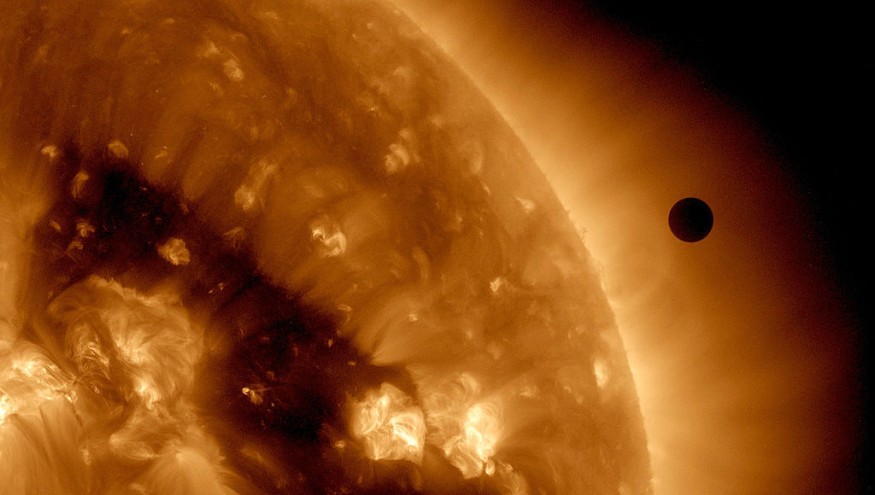An artificial sun with a size never seen before could soon become a reality after China manufactured a key component of a massive nuclear fusion experiment, as part of an international project involving scientists from multiple countries. The component will be used at a fusion reactor to create the world's largest artificial sun, which can potentially surpass its predecessors made by the UK and Japan.
World's Largest Artificial Sun

The fusion reactor that will be using the said key component is called the International Thermonuclear Experimental Reactor (ITER) and is under construction in France. If the experiment becomes successful, it will become the largest experimental fusion reactor functioning in the world, according to Newsweek.
Several billion years from now, our Sun will die, cool down, and expand to become a red giant star, reaching Mercury and Venus, and possibly Earth. Scientists have reported that when this happens, photosynthesis will stop and temperatures on our planet will drastically plummet, killing humans and some other animals.
Sun Formation and Lifespan
The Sun is an essential part of our solar system, providing not only light but also solar energy that warms up the planets it reaches. On Earth, sunlight is an integral element ingredient of photosynthesis, a process which plants use to produce their own food. In general, scientific evidence shows that life on Earth would not be possible without the Sun.
Forming around 4.6 billion years ago, 100 million years ahead of Earth and our solar system, the Sun formed in a colossal, spinning cloud of dust and gas called the solar nebula. When the nebula collapsed under its own gravity, it spun faster and flattened into shape similar to a disk, according to the National Aeronautics and Space Administration (NASA).
However, the Sun will eventually die like all other starts in the universe since it will run out of energy. NASA estimates that stars like ours burn for about 9 to 10 billion years; this means that our Sun still has approximately 5 billion years to go.
Potential Alternatives
For years, the astronomical community and space enthusiasts have been discussing potential alternatives about the imminent death of our Sun, even if it is still a long way to go. Still, measures like the manufacturing of an artificial sun, including its key component of the world's largest nuclear fusion experiment in the future involving China and France.
In addition, scientists around the world are also attempting to develop these nuclear fusion reactors with the objective of creating a clean and limitless energy, according to Newsweek. In previous developments, South Korea has also developed an artificial Sun that runs for 20 seconds, which was covered by Nature World News in January 2021.
In addition, the UK has also its own artificial sun, setting a new record of generating energy from a nuclear fusion reactor back in February 2021.
Furthermore, space colonization is another reported alternative to ensure the survival and continuation of the human race and civilization. This notion was put forward by the American astronomer and planetary scientist, Carl Sagan, who expressed the need for humans to search for extraterrestrial life, according to the American Museum of Natural History.
© 2025 NatureWorldNews.com All rights reserved. Do not reproduce without permission.





